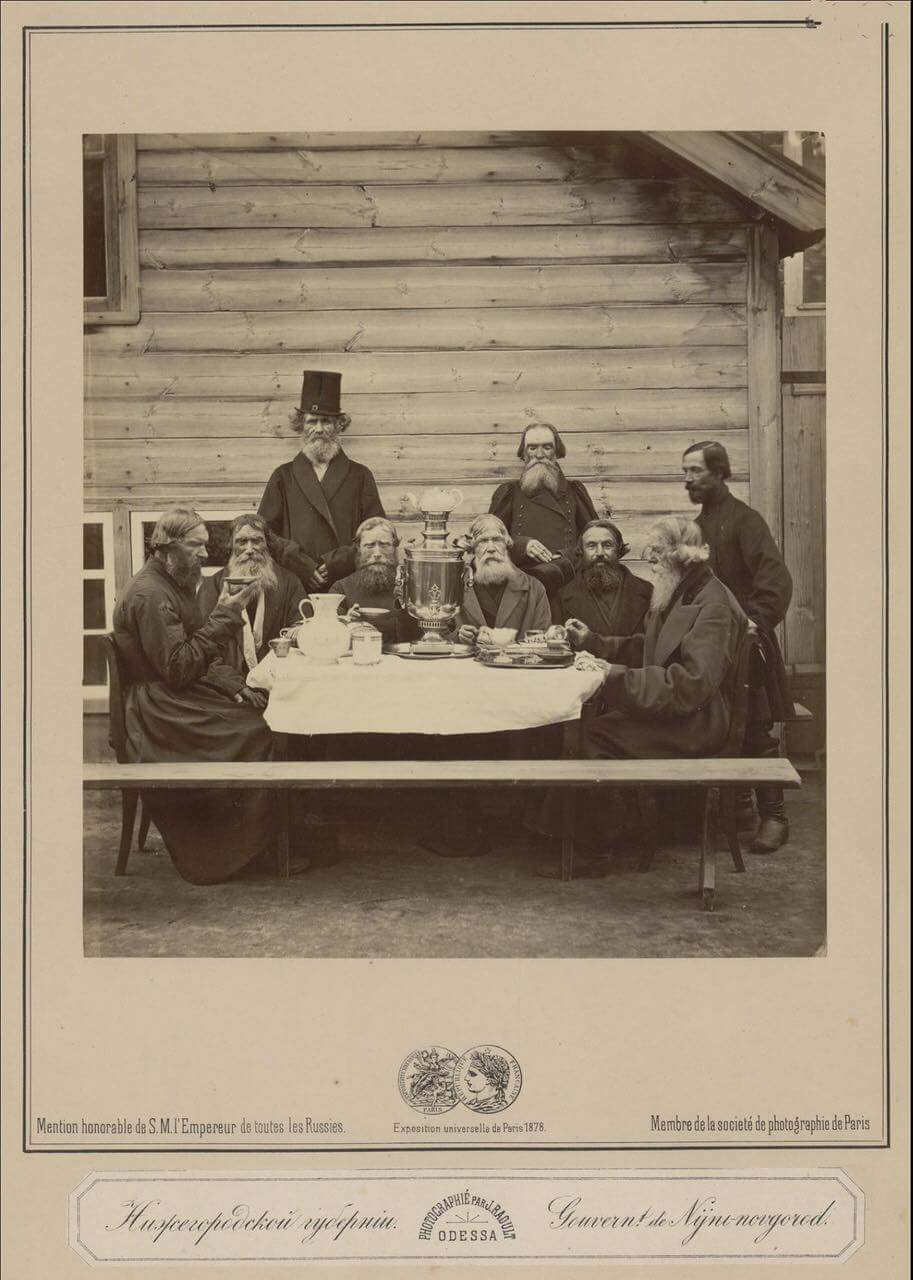Correct traditional Russian tea drinking
What is Russian tea drinking? This is, first of all, a spiritual procedure. After all, according to the Japanese or Chinese standards, we brew tea incorrectly, not to mention the rules of the movement of hands or the stirring of the drink in a cup. Although the dispute about whose method of brewing is better, seems to me completely pointless - each people has its own habits, its own tastes and its customs. But in the aesthetic pastime behind the preparation of green tea in a refined Japanese atmosphere, a sort of Russian dashing recklessness is introduced. In the "Explanatory dictionary of the living great Russian language" by V. Dal, the verb "chayevat(to drink a tea)" means "to be crooned for tea, to drink it in free expanse"

In Russia - its ritual of brewing tea. So, it is recommended to cook boiling water in samovars. Throughout the world, the samovar is recognized as a Russian souvenir, like Matryoshka dolls, balalaika and wooden spoons with Khokhloma painting. When it appeared in Russia, it is difficult to say. However, this was before the appearance of tea, as samovars were originally used to make a hot drink - sbiten, which appeared long before tea. In the second half of the 18th century, the production of samovars was established in Moscow, St. Petersburg, Yaroslavl and Arkhangelsk, and Tula became the "samovar capital". And soon they became an integral part of Russian life. The forms of samovars are extremely diverse. Many of them are genuine masterpieces of Russian decorative and applied art. In addition to economy and beauty, samovars valued their "musicality". Before boiling, this simple device began to sing, and its song, like the crickets behind the stove, gave a special comfort and intimacy to the tea table.
And how colorful special warmers, which cover the ceramic teapot! Stitched from dense material, they are also real samples of folk decorative art. They are given the form of roosters, fairy birds or Matryoshka-dolls.
No less than the pride of the hostess, than the samovar, there was also a tea set. The material from which tea sets are made (porcelain, faience) is the perfect basis for artistic painting. The tea sets of Russian porcelain factories decorate the windows of many museums around the world. The glory of Popovsky and Kuznetsovsky plants is no less than the popularity of Faberge's products.
We recommended this post here.
Congratulations! This post has been upvoted from the communal account, @minnowsupport, by FarEast_History from the Minnow Support Project. It's a witness project run by aggroed, ausbitbank, teamsteem, theprophet0, someguy123, neoxian, followbtcnews, and netuoso. The goal is to help Steemit grow by supporting Minnows. Please find us at the Peace, Abundance, and Liberty Network (PALnet) Discord Channel. It's a completely public and open space to all members of the Steemit community who voluntarily choose to be there.
If you would like to delegate to the Minnow Support Project you can do so by clicking on the following links: 50SP, 100SP, 250SP, 500SP, 1000SP, 5000SP.
Be sure to leave at least 50SP undelegated on your account.
This post has received a 7.69% upvote from @aksdwi thanks to: @fareast-history.